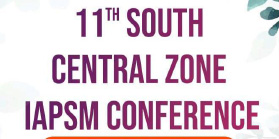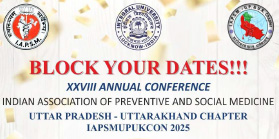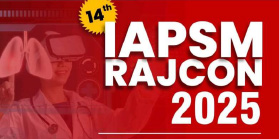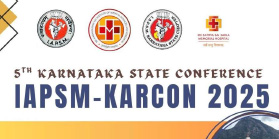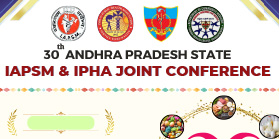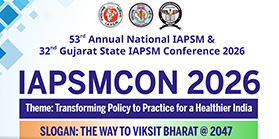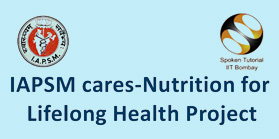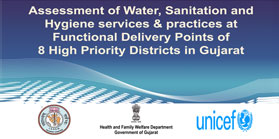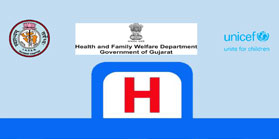Maternal Health
In any community, mothers and children constitute a priority group. In developing countries, they comprise approximately 71.14 per cent of the population. In India women of the child bearing age (15 to 44 years) constitute 22.2 per cent of the total population. Reproductive age group not only constitutes a large group, but they are also a vulnerable or special risk group.
Globally, there were an estimated 2.89 million maternal deaths in 2013, equivalent to about 800 women dying each day. Among them almost 99% maternal deaths occur in developing countries. The maternal mortality ratio in developing countries in 2013 is 230 per 100 000 live births versus 16 per 100 000 live births in developed countries. There are large disparities between countries, with few countries having extremely high maternal mortality ratios around1000 per 100 000 live births. There are also large disparities within countries, between women with high and low income and between women living in rural and urban areas.
About one-third of the girls are married by the age of 15 and two-thirds by 18 resulting in teen age risky pregnancies. Every year in India, roughly 30 million women experience pregnancy and 27 millions have live births. Every year over 57,000 maternal deaths occur in the India and millions more suffer pregnancy related ill health.
India has the dubious distinction of having unacceptable very high maternal mortality and in some states like Assam, Bihar Uttar Pradesh and Rajasthan it is much higher. Rural areas experience high maternal mortality in comparison to urban areas.
Maternal Health Committee:
IAPSM, is committed towards development of Maternal Health within overall umbrella of Community Medicine Discipline. With the same objective, IAPSM has constituted various committees in subspecialties.
This committee is dedicated team working for special subspecialties Maternal within overall goal and objectives of IAPSM. Committee is responsible for
- Facilitates National level Academic activities like National seminar, workshops, training programs etc. in specific subspecialties.
- Carry out research, monitoring and evaluation of health programs/services in the sub speciality branches.
- Develop the course, fellowship programs in subspecialties
- Develop technical documents e.g. guidelines, training modules, educational literature etc.
- Plan action project on capacity buildings, community intervention etc.
- Any other activities in subspecialties, which are in line of goal and objectives of IAPSM.



